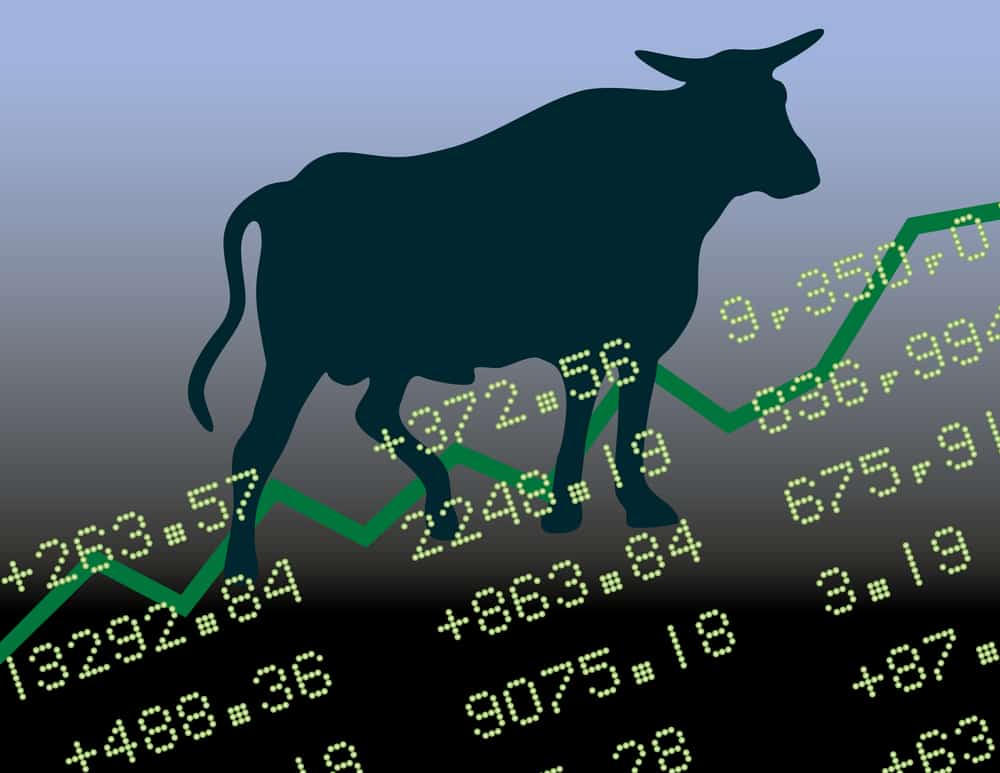Conventional wisdom tells us that rising interest rates are bearish for stocks. That’s supposedly true because stocks and bonds are alternative investments, with investors choosing one or the other. If rates are high, bonds are considered more attractive and stocks suffer.
Like so much conventional wisdom, this one doesn’t hold up under scrutiny. The chart below shows that rising rates have been bullish for stocks while falling rates are bearish. In the chart, the year-over-year rate of change of 10-year Treasury rates is shown as the blue line, and the change in the value of the S&P 500 is the green line. As you can see, both generally trend in the same direction.
This chart cuts to the core of the relationship between stocks and interest rates. When rates are falling, it means the Federal Reserve is worried about a slowing economy, and stocks should be struggling because slow growth is bad for earnings. When rates are rising, the Fed is worried the economy may grow too fast, and stocks should be rising since economic strength is good for business.
If the Fed doesn’t get carried away, rate hikes should be bullish for stocks. But history shows the Fed will take things too far and eventually cause a slowdown before it stop raising rates. That day is most likely years away, and as investors, we should be ready to participate in the strong economy the Fed fears.
Regards,
Michael Carr, CMT
